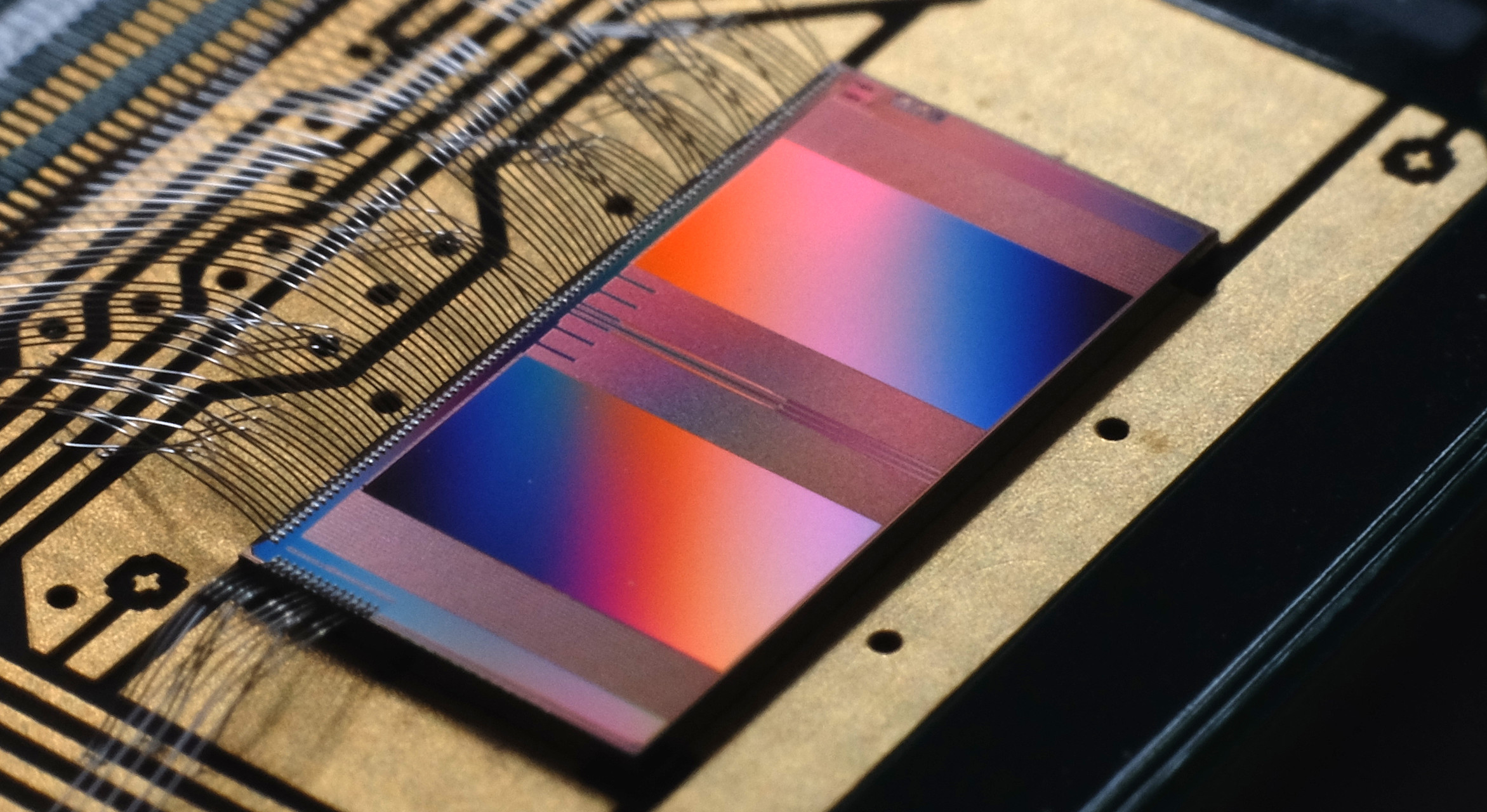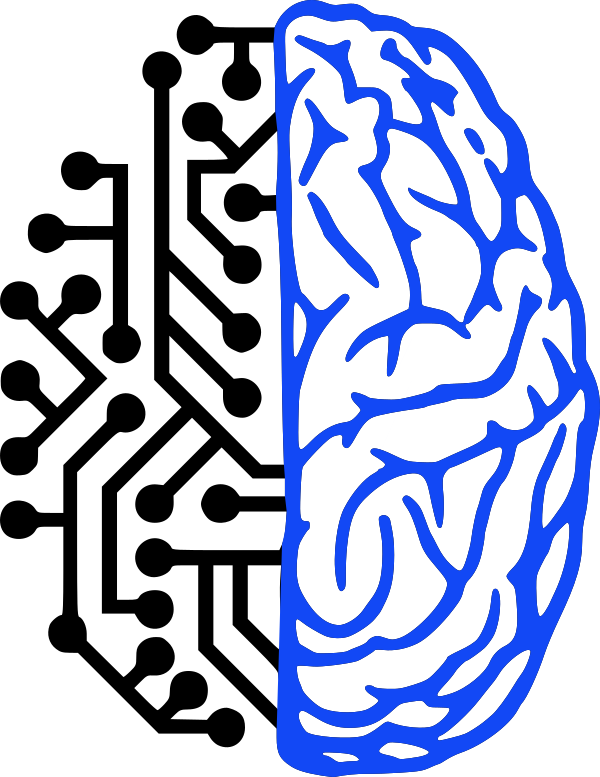
The Electronic Visions Group at the Kirchhoff-Institute for Physics was founded in 1995. The initial goal was to use the infrastructure available at the ASIC Laboratory for Microelectronics for the development of a vision substitution system based on CMOS image sensors. It soon became clear that the interdisciplinary nature of this project opens exciting research opportunities also in neighboring fields. The group has consequently expanded its scope. In early years it performed basic research on tactile perception, built and operated tactile displays and developed analog VLSI circuits for various signal processing tasks. In June 2023, following a five-year construction period, the new "European Institute for Neuromorphic Computing (EINC)" building became the new home of our research activities.
The different branches of the group's research were always linked by their usage of mixed-mode, massively parallel VLSI technology. During the last years, the research focus has shifted from sensors to information processing. Evolutionary algorithms have been used to configure analog circuits in flexible transistor arrays as well as artificial neural network chips, both developed and built by the group. New ideas from neurobiology have recently given the neural network research strong impulses. The computing with transient states, also known as 'liquid computing', ideas of synaptic and structural plasticity, and complex neuron dynamics have generated new interest in the realization of hardware models of neural circuitry. Another approach from contemporary artificial intelligence (AI) research involves the integration of concepts from machine learning and classical deep neural networks into the training of event-driven spiking neural networks. In addition to neuromorphic hardware architecture design, research platform operation, modeling and theoretical work, the Electronic Visions group has a strong foundation in software design for neuromorphic systems.
The Electronic Visions group was member and coordinator of the
FACETS (2006–2010; including FACETS-ITN 2009–2013)
and
BrainScaleS (bɹeɪnskeɪlz;
2011–2015)
European research projects.
The group has been an integral part of the
"silicon brains" part of the Human Brain Project (HBP)
from its launch in 2013 until its completion in 2023.
On 24 October 2018, the founder of the Electronic Visions group,
Prof. Karlheinz Meier, passed away.
The group has continued its research under the direction of Dr. Johannes
Schemmel.
Since December 2024, the Electronic Visions Group is part of the Neuromorphic Computing Architectures chair (Prof. Dr. Johannes Schemmel) at the Institute of Computer Engineering.
The outcomes of the HBP project have been transferred to the EBRAINS 2.0 project, which commenced in January 2024. See ebrains.eu/nmc for details on the neuromorphic resources.
Electronic Visions Group – Prof. Dr. Johannes Schemmel
Im Neuenheimer Feld 225a
69120 Heidelberg
Germany
phone: +49 6221 549849
fax: +49 6221 549839
email: schemmel(at)kip.uni-heidelberg.de
How to find us


